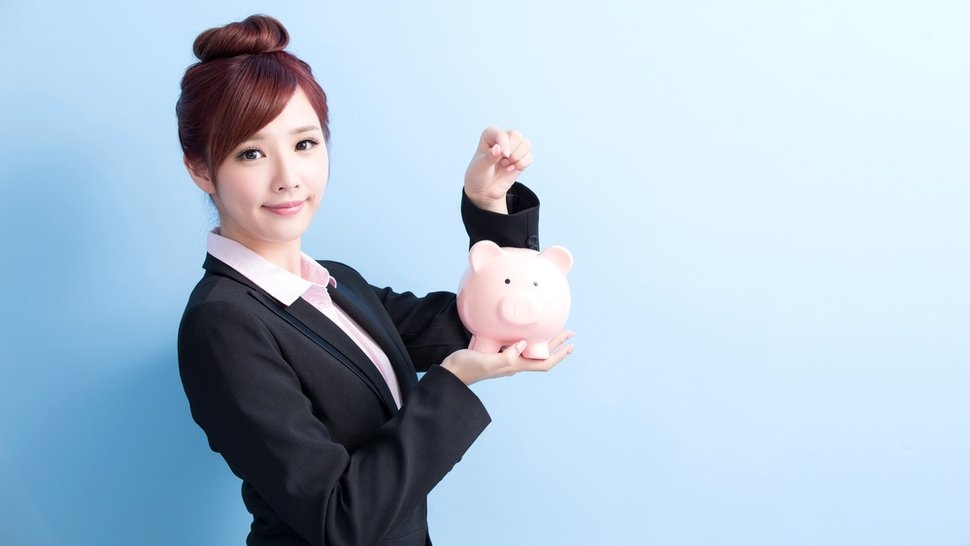Asia is the only continent where more than half of people have the desire to leave aside money - in South America it is only 30 percent, according to a study by the Nilsen Institute in 2016.
The Asian model of austerity, which has become a hit amongst people in the West, is called Kakeibo.
The 115-year-old Japanese technique requires discipline, notebook and a pencil.
Users say that in this way you can save up to 35 percent of revenue!
Roots of the idea
The Japanese word kakeibo - literally means "housekeeping account book".
The author of the book Kakeibo: The Japanese Art of Budgeting and Saving Money, Fumiko Chiba, states that this technique dates back to 1904.
She says that this method was made by Hani Motoko - the first Japanese journalist.
She wanted to come up with a way to enable women to better manage the family budget.
At that time, women were not allowed to work outside the home, so that what remained of the husband's salary was the only money they had at their disposal - when they paid all the bills.
"Japan is a traditional society in different segments, but kakibo is an example of a liberal attitude towards women," writes Chiba. “It gives them the opportunity to decide on finances."
Even at this time, when there are various methods and applications that help people save, in Japan this brochure is still on sale.
Method
Kakeibo can be a bit tentative at the beginning, but that’s the key to success, said Chiba.
First, you need to record daily or weekly incomes and expenditures for different categories - salary, key expenses (rent, fuel, food and medicine), annual holiday expenses and some extra, for example.
Then make the category you want - some people divide even food costs into several categories - and color them differently to be more visually more attractive.
At the end of the month, you simply deduct revenue from your income.
But this is not the end, which not only helps you control your spending, but also teaches you how to improve your finances.
It's similar to that of Marie Kondo's zen techniques - these are practical exercises that help you remember better.
Find a balance
The philosophy on which it rests as it implies is to see more clearly the inevitable costs, as well as those that are not needed.
"At the beginning of each month you sit with some kind of candle and carefully consider how much you would like to save and what you need to achieve that goal," Chiba said.
You can do this by asking yourself a few key questions.
How much money did you save?
How much money do you want to save?
How much money do you spend?
What can you change to improve this situation?
Although the tips seem pretty simple, as enthusiasts say that this technique gives a clearer picture of revenue and expenditure.
They say that precisely this manual recording helps to better think and set goals that will make saving much more successful.
Will you try kakeibo?




Share the News